How Arborists Continuously Support Your Trees Through Maturity
Do you have trees on your property? If so, you likely enjoy the fresh air, beauty, and natural shade they provide, especially in the summer. Your trees may be tall and resilient, but they need professional care, which your local arborist can provide. They assess the health and structure of your trees to identify any potential weaknesses. Regular pruning and maintenance are crucial to promote healthy growth and prevent disease. Additionally, arborists can provide tailored advice on watering, fertilization, and pest control to ensure your trees remain robust and thriving. Here is an in-depth look at the ways arborists support your trees through maturity.
Regular Pruning and Trimming
According to 8 Billion Trees, it takes about 20 to 30 years before trees reach full maturity. In the meantime, as your trees develop from saplings to full-grown mature trees, they will need regular maintenance, which consists of pruning and trimming. Pruning isn’t just an aesthetic practice that makes the tree look good and shapely. While it does add to trees' beauty, it's more for maintaining their overall health.
Your professional arborist can quickly spot dead or diseased branches. They can selectively prune these areas to remove them before they spread to the rest of the tree. Not only do they know where to trim and prune the tree, but they also understand the best techniques for doing so. After all, the time of year and the method of cutting affect how well the tree recovers. Most arborists prefer to do seasonal pruning during a tree’s dormant stage, such as winter. Dormancy allows the tree wound from the cut to heal quickly. Not having an open wound from the prune makes it less likely to be invaded by pests, which can cause further harm and illness.
Regular pruning also adds to its seasonal beauty when spring arrives. You'll notice more beautiful and abundant foliage, flowers, and fruit on trees that get regular pruning. Because the process involves getting rid of dead or dormant buds, it makes way for fresh ones to sprout every year. As a result, these healthily maintained trees can always have fast and beautiful leaves and blooms that show out in spring. If you have fruit trees, you benefit from having plenty of lemons, apples, pears, or nuts every year to enjoy with your family or to sell at the local market.
Supporting Weaker Trees
Cabling and bracing are essential techniques that arborists use to support trees as they grow and mature. These methods help to strengthen trees with weak branches or multiple trunks, reducing the risk of damage during storms or under heavy foliage. Cabling involves installing flexible steel cables high in the tree to limit the movement of branches and redistribute structural stress. Bracing, on the other hand, uses rigid rods to provide support and stability to the tree's trunk and major limbs. Together, these techniques can extend the life of a tree, preserve its structural integrity, and enhance its aesthetic value.
Arborists assess each tree individually to determine the best approach, considering factors such as the tree's species, age, and overall health. When properly implemented, cabling and bracing can prevent branches from breaking or splitting, which can cause significant injury to the tree and potential property damage. Regular inspections and maintenance are necessary to ensure that the supports remain effective over time. By utilizing cabling and bracing, arborists help trees withstand natural forces and continue to thrive in their environment. This proactive care not only benefits the trees but also contributes to the safety and beauty of the landscape.
Mulching
If you're one of the many Americans who have a garden, you may be familiar with mulching and its benefits. Organic mulch acts as a natural fertilizer as it naturally disintegrates into the soil. As a result, its nutrients, such as nitrogen and phosphorus, can fertilize area vegetation. Tree professionals often provide bark dust that can be used around trees or in garden beds to enhance your landscaping.
They can create a mulch ring around the base, which is effective for retaining moisture. It's a technique that is vital during hot summer months when well-watered soil can quickly dry out without protection. Adequate mulching also helps regulate the soil temperature to ensure the tree roots don't become stressed out. The mulching around the tree ring can also physically protect it from lawn equipment when landscapers are mowing the area. It can also protect your tree from having nutrients soaked up by weeds. Mulching protects weeds from sprouting by blocking sunlight from the surface.
Contributing to the Ecosystem
Healthy trees are a common habitat for some of the most friendly wildlife in nature. When trees have bountiful leaves and fruit, you're bound to see hummingbirds, butterflies, and squirrels make homes in them. Pollinating wildlife, such as birds, butterflies, and bees, is attracted to healthy trees, which helps the rest of the environment. These creatures can pollinate other vegetation as well. Therefore, healthy trees can help keep a healthy ecosystem going.
Illness Evaluation
Unfortunately, trees are capable of getting sick. While a tree may not obviously be sick to you, the trained eye of local arborists can quickly spot such illness. They may notice an abundance of small insects, such as aphids, inhibiting the tree. These pests often invade the trees and begin sucking away the sap from their branches and buds. They may also notice fungus growing around the base of the tree. With regular visits, arborists can spot illnesses before they spread. The fastest way to handle illness is to remove an infected branch. However, if the illness goes undetected, it can result in the premature death of the tree.
Removal
In a worst-case scenario, local arborists may suggest tree removal. Once they've done all they can to save a sick tree, it may be too late to prevent the illness from spreading. After a tree has died, it must be removed for the safety of everyone in the area. After all, if a tree is severely sick or has already died, it’s in a weakened state that can make it easy to fall over. Such a tree can fall on a home or another person. It can also fall on a tree nearby, causing damage to that one. Plus, if you don't remove a sick or dead tree, it can cause the other trees nearby to get sick. Therefore, arborists are looking out for the health and safety of other trees by removing one that is no longer salvageable.
As you can see, local arborists are essential to keeping a tree healthy throughout all stages of life. They can ensure trees get adequate nutrients from fertilizer and proper hydration that reaches down to the roots. Tree specialists can keep a tree looking beautiful and maintain its health through proper pruning and trimming. They also know how to quickly spot illness and try to effectively eradicate it by pruning and other methods. Once a tree has died, they know when to remove it to protect the health and safety of other trees. If you have a landscape with one or more trees, regular visits from a local arborist are essential to maintaining its health. Our team is licensed, insured, and bonded and provides competitive pricing to our clients. Contact Eduardo's Tree Service any time for free estimates.
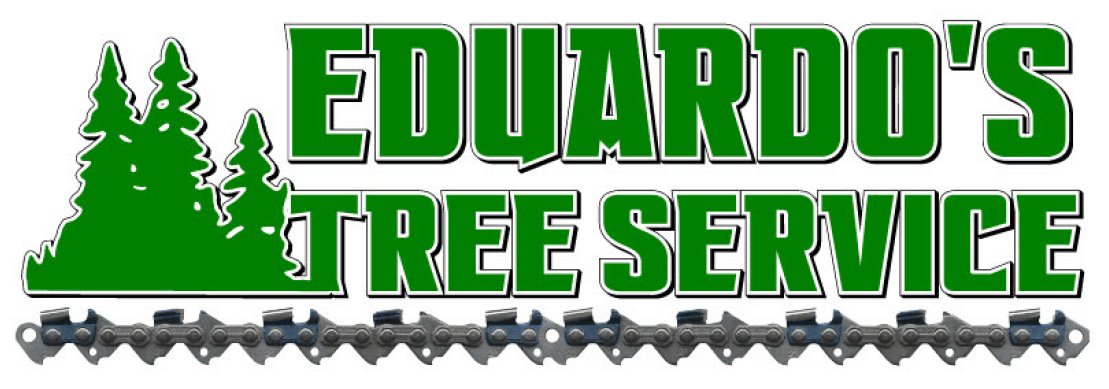

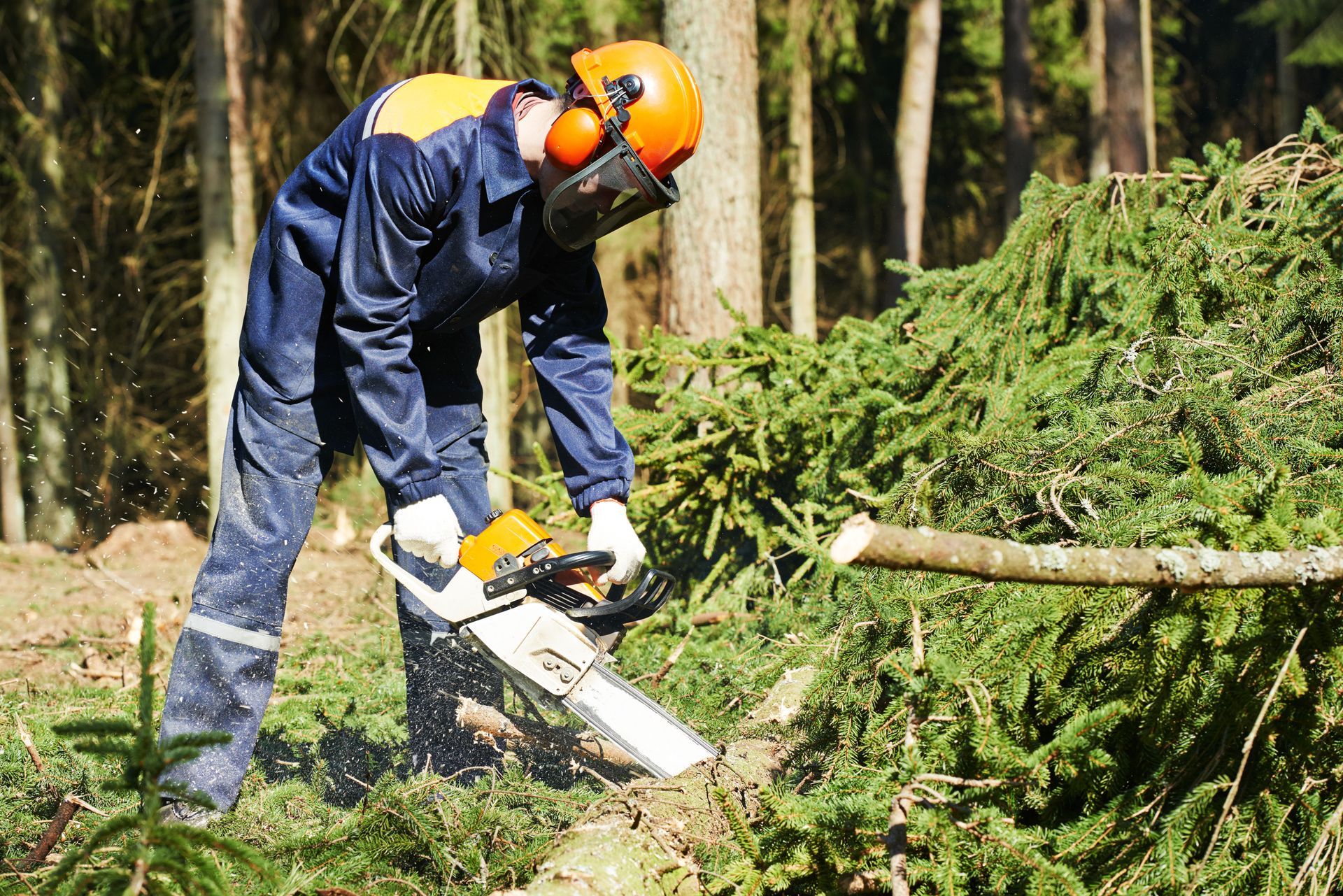

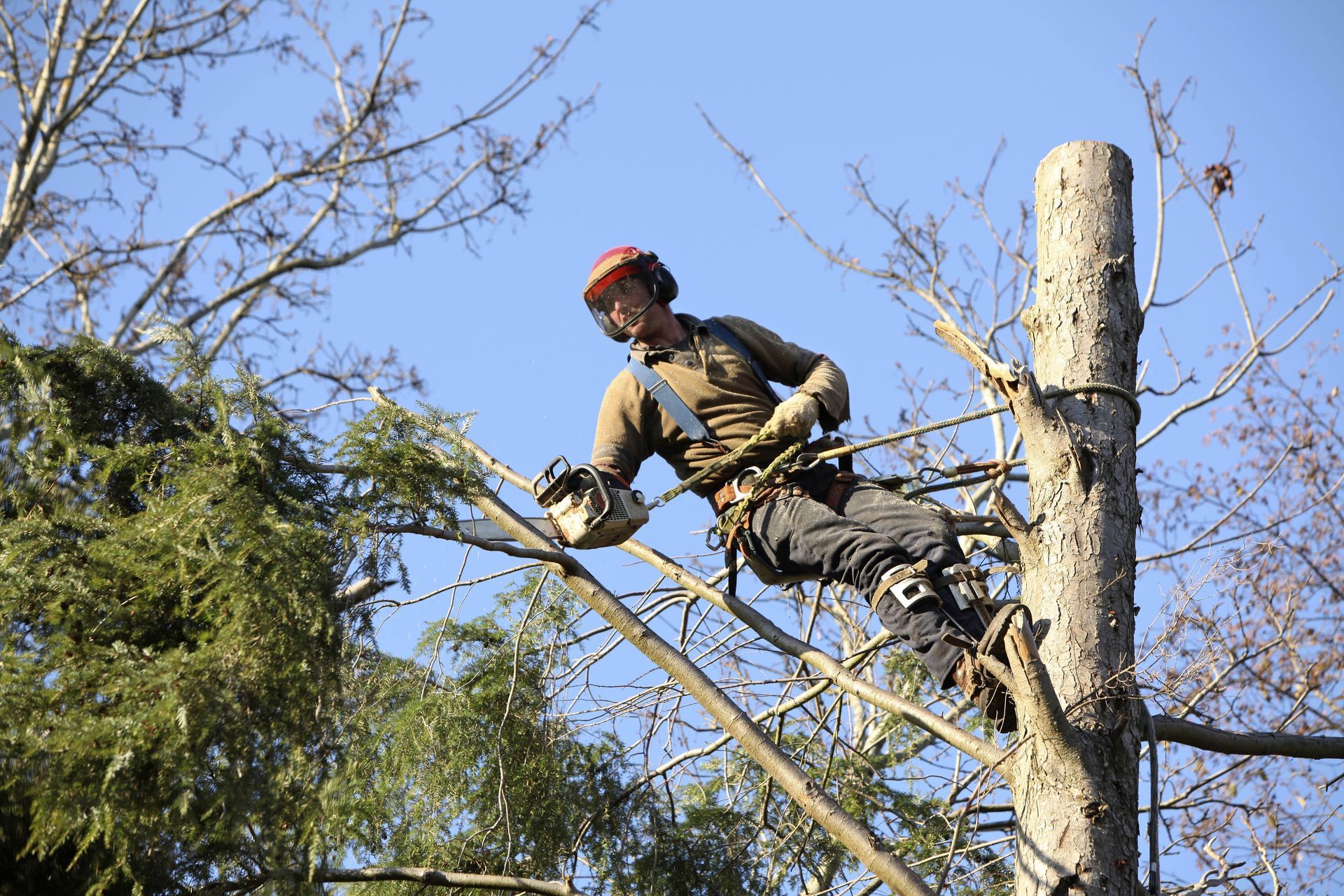
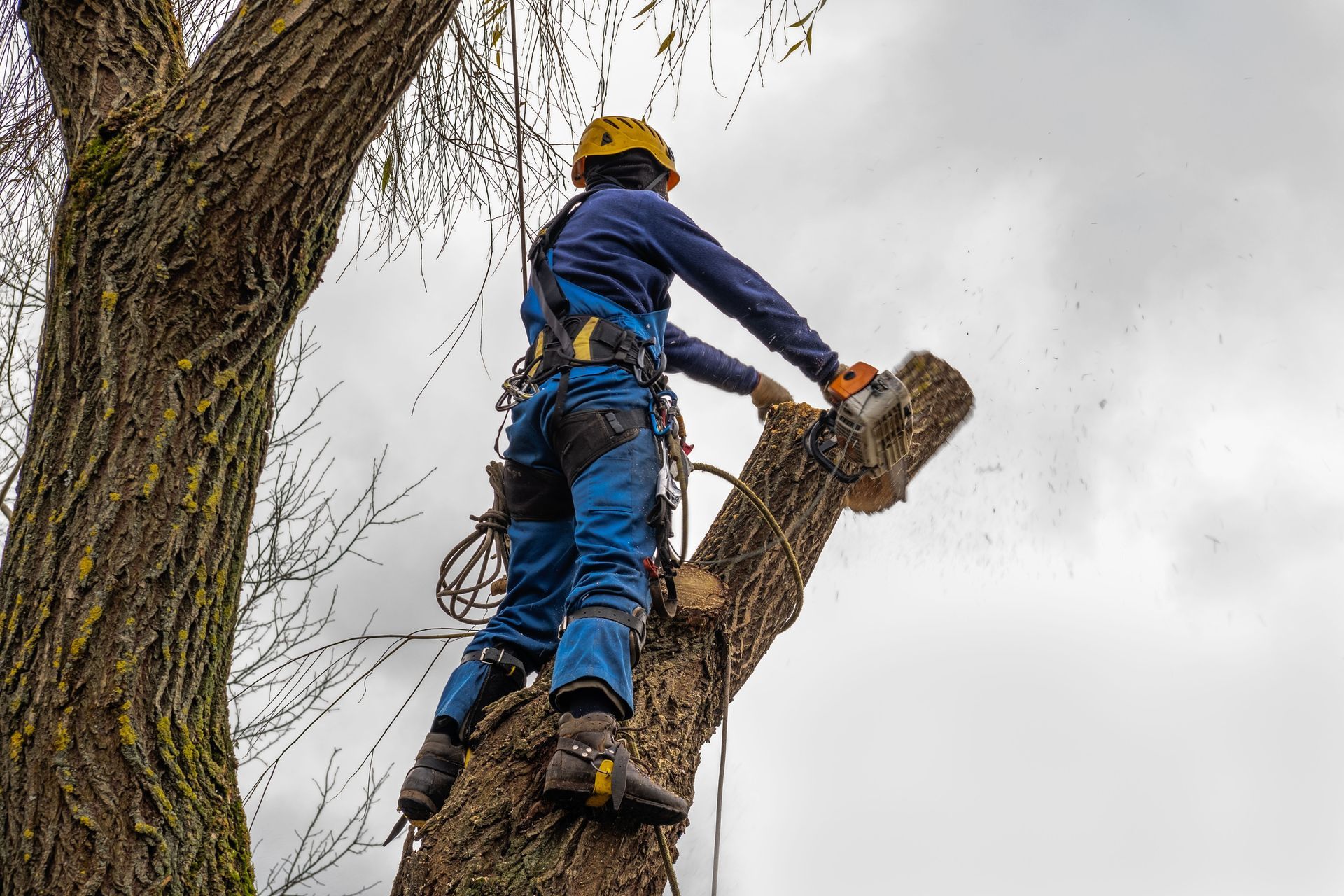
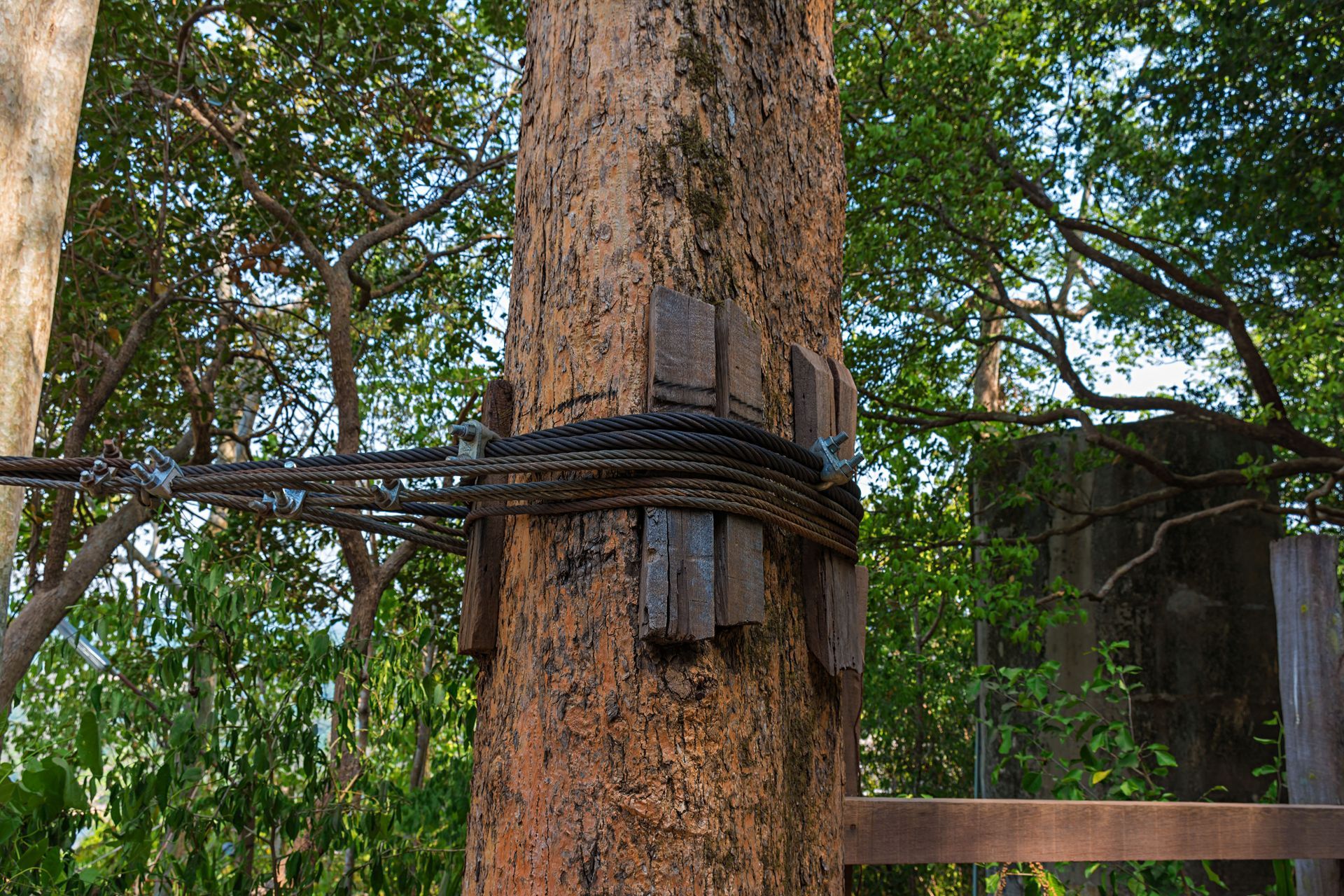

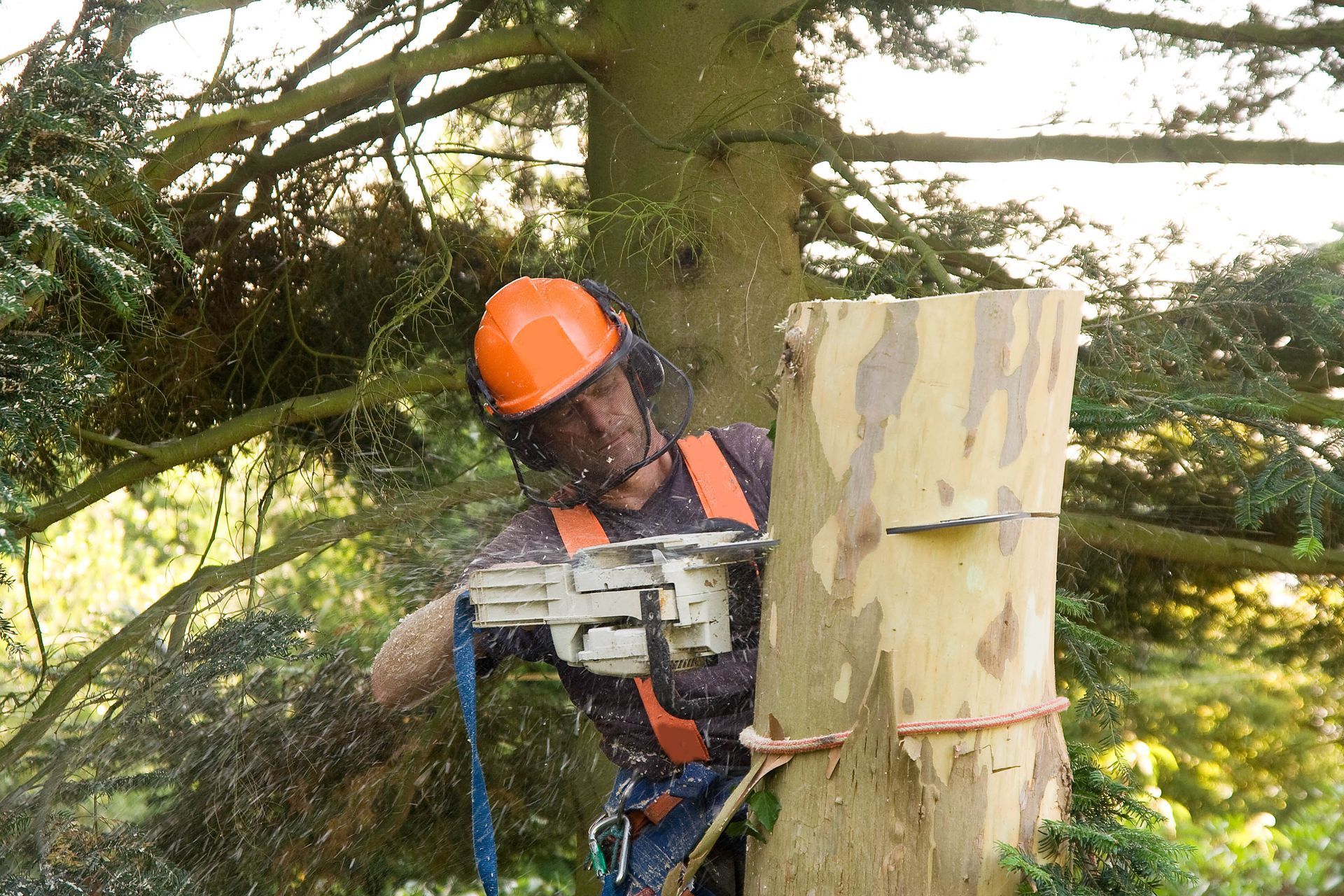
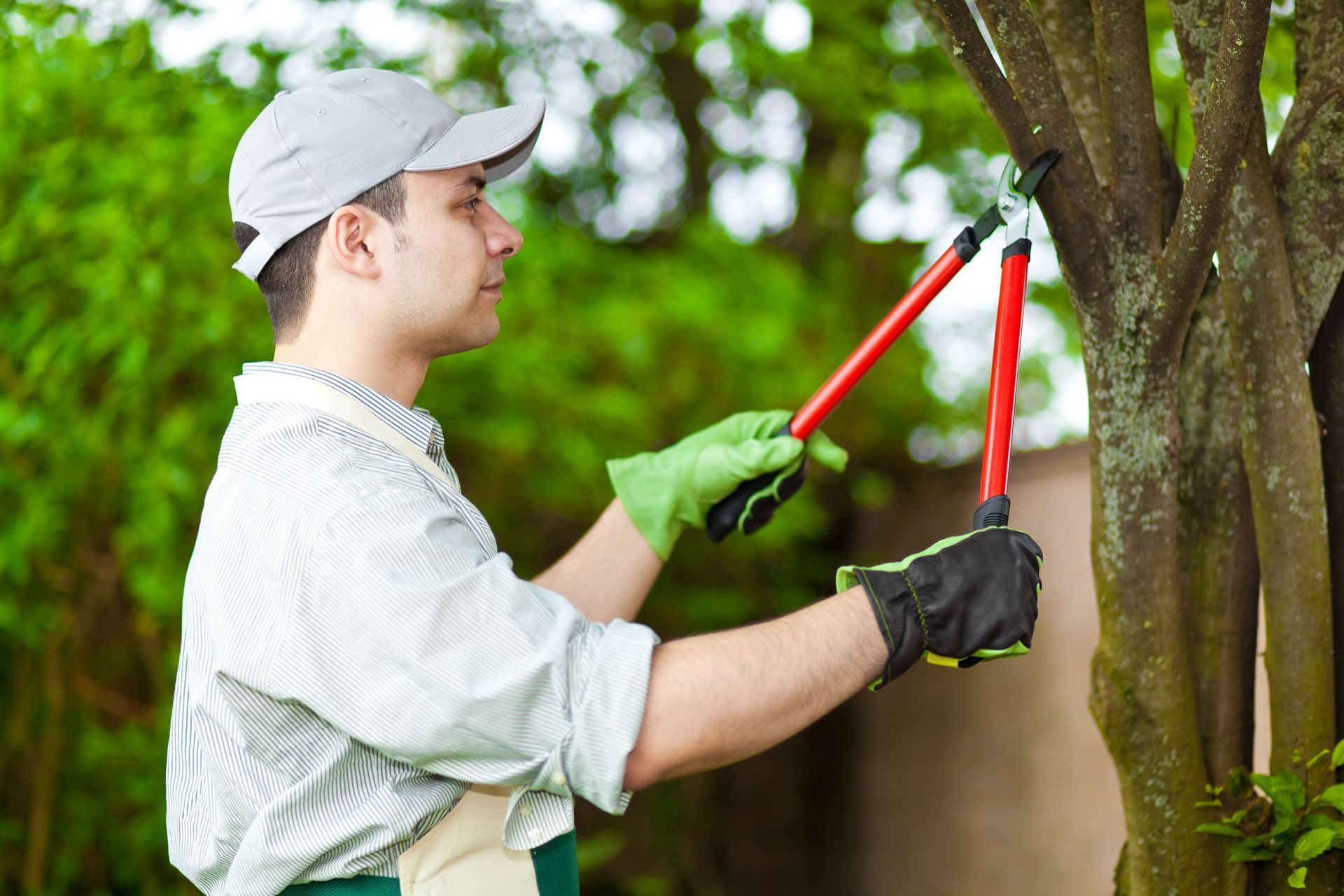
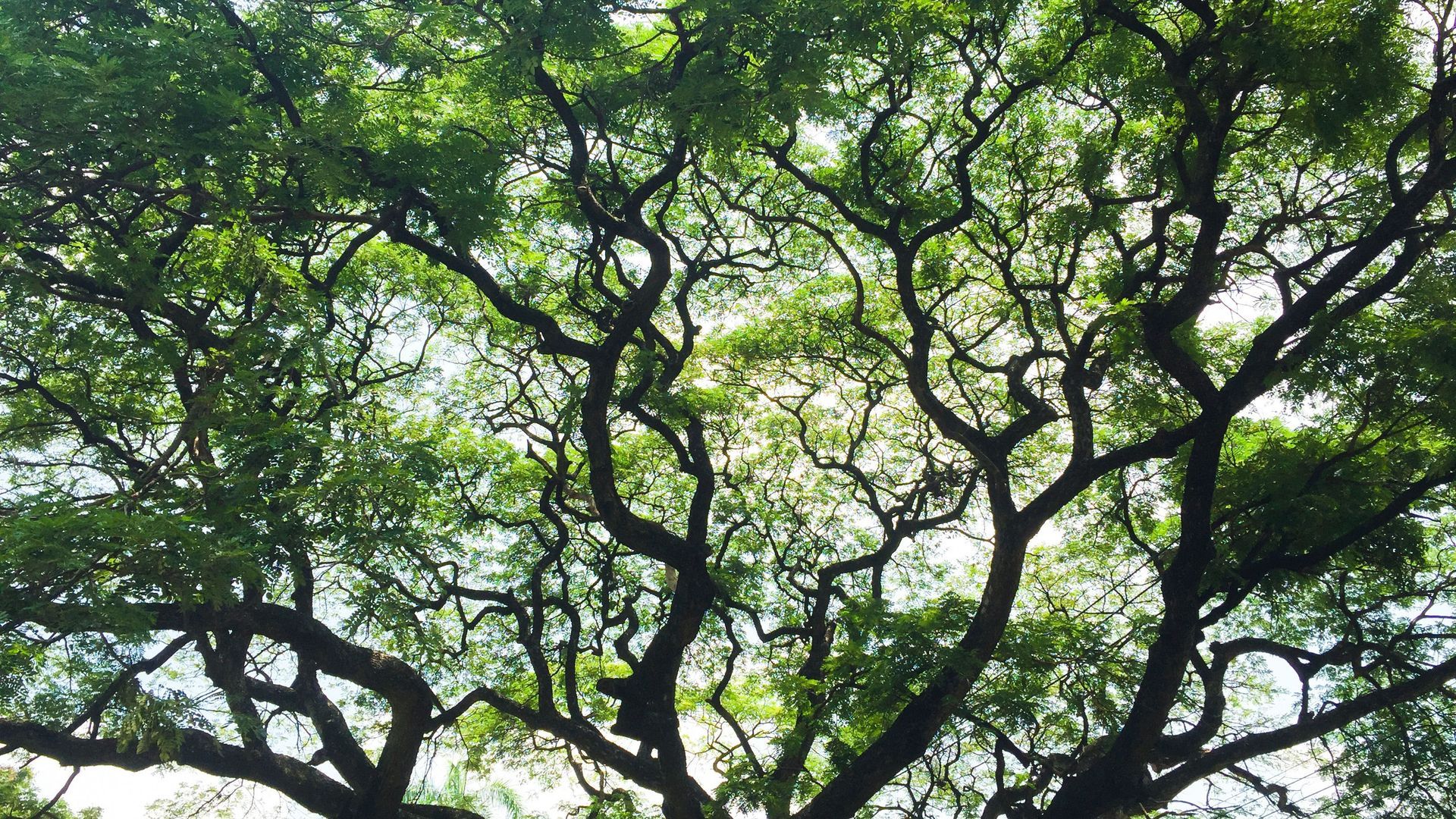

Share On: